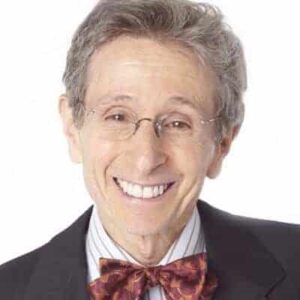Creating the Program
At this point, I really became enthusiastic. It seemed to me that there might be a way that any person could use yoga to improve bone strength, so I hired a camera man from Harvard, a director from Columbia, and a friend who is sometimes a Broadway actor, took two friends and myself as models, and created a DVD of yoga for osteoporosis.
We made a thousand copies of the DVD, and gave them away to people willing to do blood tests, a urine test, and give a current DEXA, as well as another one after two years of practice. The tests ruled out nutritional, hormonal, and metabolic reasons for weak bones.
I chose poses that I thought would strengthen the most frequent fracture sites; the spine, the hip, and the femur. Happily, those are also the three sites measured by most DEXA scans. We made the DVD with three versions of each pose; a beginner’s version, an intermediate version, and the classical version of each pose.
The difficult part was that we needed an older DEXA scan too, in order to make this into a before-after study. We needed to compare what happened to people in the two years before they started doing this yoga (although many had done some yoga before), with how their bones fared after they did this yoga daily for two years.
This was an Internet-recruited study, and the 1000 people that received the DVD were from all over the world. Eight years later, over 240 of the recipients complied, and sent in previous DEXA scans, and many sent before-and-after X-rays, too. All the information went to Bernard Rosner, Professor of Biostatistics at Harvard.
The Results Are In: Yoga Improves Bone Density
It took more than a month to get anything back from him. In the meantime, I was ruminating as to whether I’d just wasted ten years of my life.
Eventually, we got the statistical results: .001 significant improvement in the spine and femur, with improvement in the hip as well.
We published this study soon after as Twelve-Minute Daily Yoga Regimen Reverses Osteoporotic Bone Loss.” Lu, Yi-Hsueh; Rosner, Bernard; Chang, Gregory; Fishman, Loren M. Topics in Geriatric Rehabilitation: April/June 2016 – Volume 32 – Issue 2 – p 81–87.
Over 80% of the people in the study reversed their bone loss and began to gain bone. No fractures or serious injuries of any kind were seen or reported in over 100,000 hours of people doing this yoga daily. Over 80% of them had osteoporosis or osteopenia when we started. Fewer had these conditions when we finished.
The Future of Yoga and Osteoporosis
We are now working on another study which we call a dose-response study,. In these, we have participants see a teacher who is trained in our yoga every two weeks to see what “dose” of yoga the participants are giving themselves. Then we’ll see what happens to their DEXA scans in two years.
We’ve also developed alternative sets to ward off the inevitable ennui of doing the same poses day in and day out. New alternatives also strengthen the bones in the wrist, the fourth most probable fracture site. We have put the first group, the group we’ve already proven to work, online for free on Youtube, (and below) and offer DVDs on sciatica.org.




